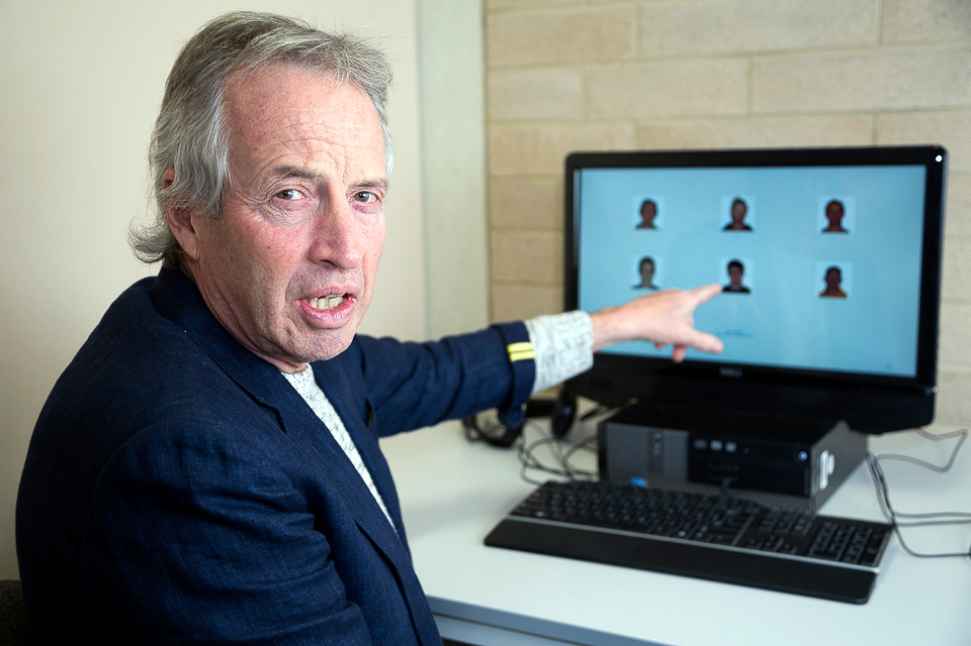Beyond reasonable doubt
Since the late 1990s, Professor Neil Brewer has been working to correct the flaws in the eyewitness line-up processes to reduce misidentification rates.
“The likelihood of making an accurate pick depends on a range of things, like how long a witness had to look at the perpetrator when the crime was committed; how close they were; whether they are the same race as the witness; and whether the witness is an adult or a child."
"There are also some really important factors relating to how the line-up is constructed and presented that turn out to be very influential to shaping the accuracy of witness identifications,” Professor Brewer said.
“We are working on a new way of conducting line-ups which is the confidence procedure. Instead of asking witnesses to select the one guilty person out of a line-up or photo array, the procedure asks witnesses to rate the people in the line-up on a scale of how confident they are that each person is the guilty party.”
Professor Brewer’s research has found that the pattern of confidence judgements across line-up members can tell us more about whether the suspect is guilty than a traditional line-up decision.
When there is a large gap in the confidence scale between the suspect and the next highest-ranked person in the line-up, there is a higher chance the correct person has been identified than when scores for each individual are fairly even.
He now educates and trains police officers and the judiciary across Australia in line-up techniques.
“We know with the confidence procedure, we are achieving something around a 0.7 accuracy rate whereas the typical line-up is achieving from a 0.4 to a 0.5. How far we can go, who knows.”



